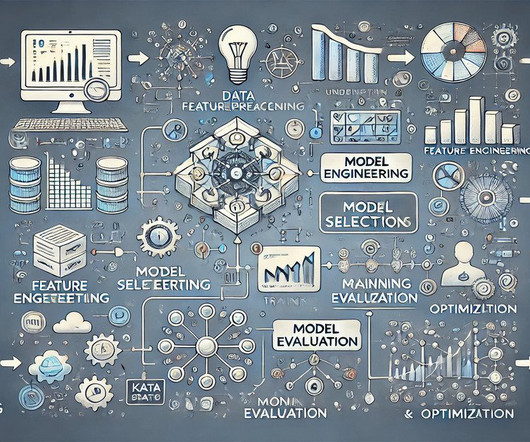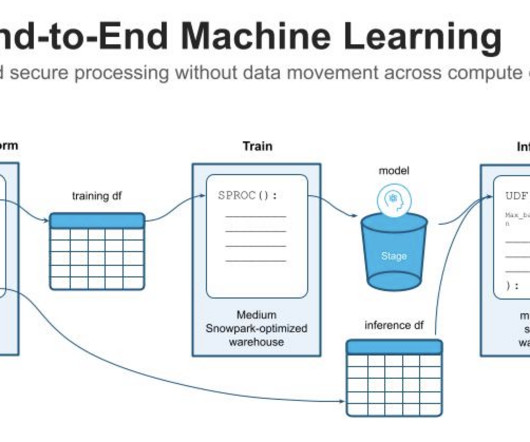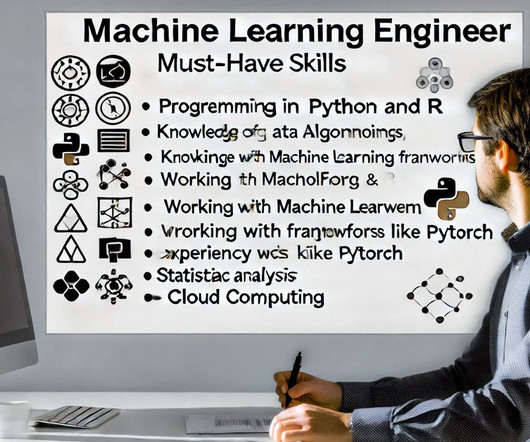Decision Tree Classification- A Guide to Supervised Machine Learning Algorithm
Pickl AI
JUNE 2, 2023
One of the most popular algorithms in Machine Learning are the Decision Trees that are useful in regression and classification tasks. Decision trees are easy to understand, and implement therefore, making them ideal for beginners who want to explore the field of Machine Learning.














Let's personalize your content